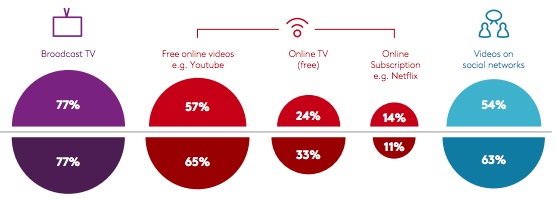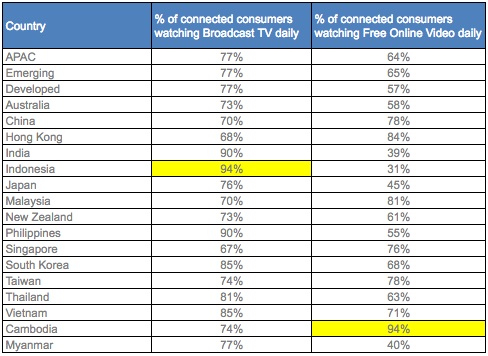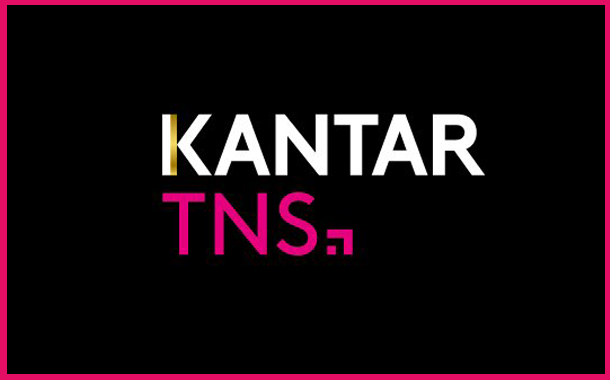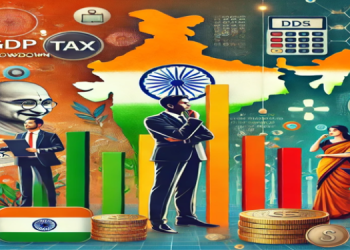Traditional television viewing continues to dominate media consumption in Asia Pacific, a new study from Kanta TNS has found.

People in this region – defined in this study as those with internet access in the past week – consume an average of two hours of traditional TV daily, significantly more than the 1.6 hours spent consuming online video in any form, which includes free platforms like YouTube and Vimeo, and paid subscription sites such as Hooq, Netflix and Iflix.
After TV – which 77% of survey respondents say they consume daily – free online sites like YouTube are next most popular, particularly in emerging markets, and more heavily watched than the online versions of TV shows.
Paid OTT platforms such as Catchplay, Viu and Netflix are consumed by just 11% of people in emerging markets, and 14% of people in developed countries, according to the study.
The report’s authors note that online video consumption is incremental, meaning people are watching it in addition to traditional TV.
Singaporeans are the biggest consumers of online video in the region, watching two hours of it a day, and the least likely to watch broadcast TV (67%).
Indonesians love TV more than anywhere else in the region, with almost all respondents (94%) saying they watch the box daily. Cambodians are the biggest fans of free online video.

The sort of content that people in APAC watch online is not necessarily professionally produced, with one in three consumers saying that most of the content that they watch on the web is produced by ‘people like me’ or celebrities.
People are fairly open to video content from brands, with 27% of consumers watching brand-produced material on a weekly basis.















